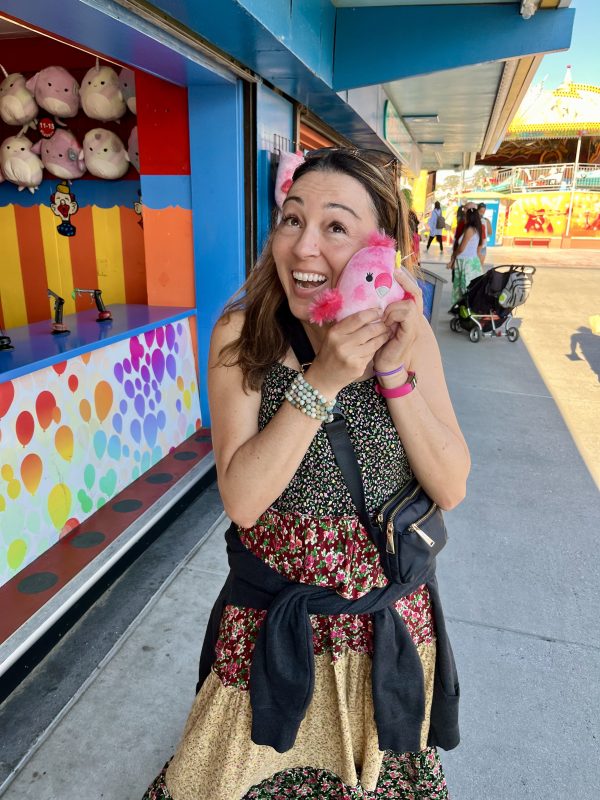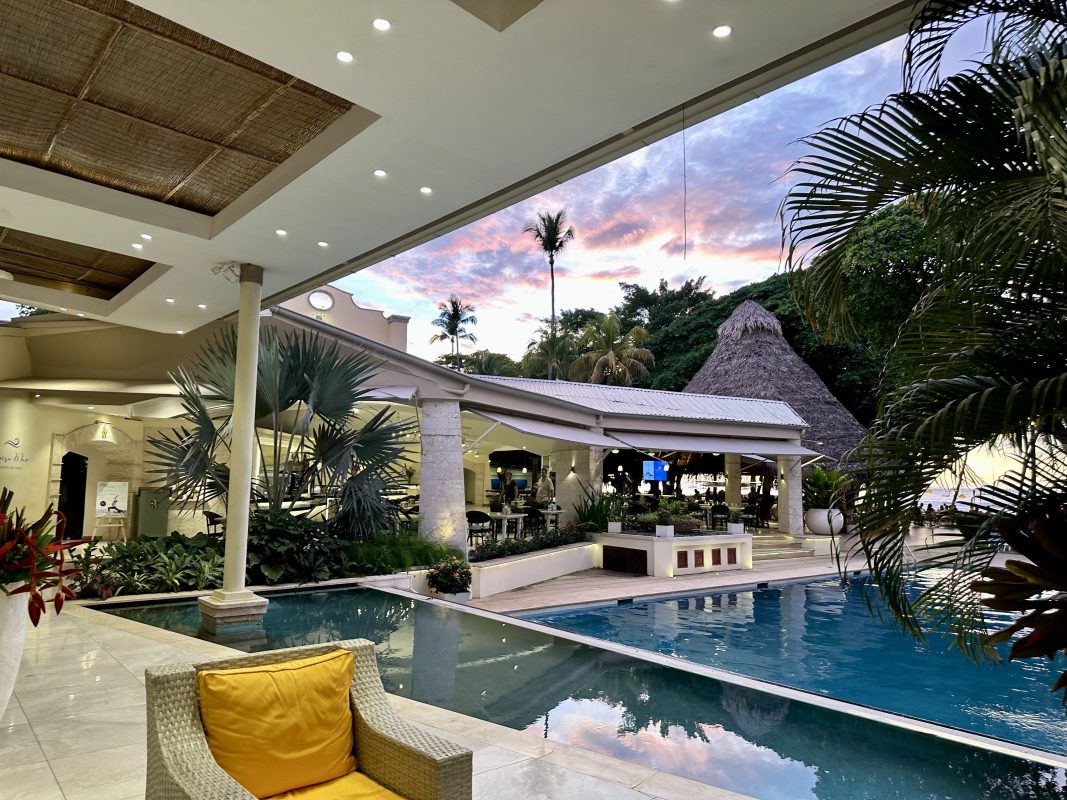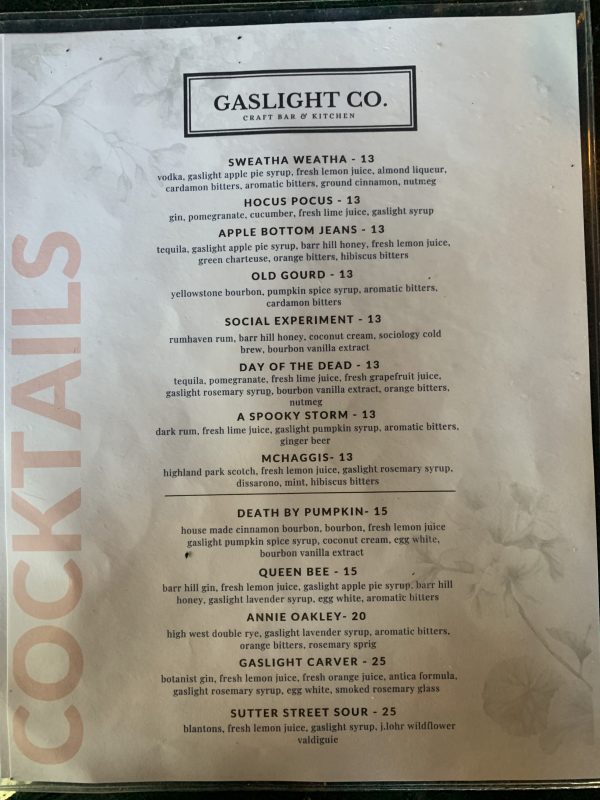In the hustle and bustle of modern dining, everything from the upscale bistro to your favorite fast-food joint is meticulously designed to shape your choices—and restaurant menus are no exception. In the article “How Restaurants Use Decoy Pricing to Influence Your Choices,” you’ll uncover the intriguing tactics behind menu engineering, specifically the use of decoy pricing. This cunning strategy involves presenting customers with a high-priced option alongside a more attractively priced alternative, effectively steering you toward a more profitable choice without you even realizing it. Whether you’re deciding on a bottle of wine or the size of your fries, understanding this subtle manipulation can empower you to make more mindful dining decisions. Have you ever sat down in a restaurant, browsed through the menu, and wondered why you always seem to choose the mid-range option? It’s not by accident. The phenomenon, known as “decoy pricing,” is a clever strategy that restaurants use to influence your choices. You might be surprised to learn how pervasive and effective this tactic is. In this article, we’ll uncover the intriguing world of decoy pricing and reveal the ingenious ways restaurants persuade you to spend more.
Get an Official Zagat Restaurant Guide
The Evolution of Restaurant Menus
Restaurant menus may seem straightforward, but they have a rich history and have evolved significantly over time. Originally, menus were simple lists, but now they are meticulously designed documents meant to guide your choices and maximize profitability.
The Role of Design in Menus
Modern menus are not just about listing food items. They’re about strategically placing information to lead you towards certain choices. Elements such as font, color, and layout play critical roles. Everything from the placement of items (eye-level placement for high-profit dishes) to color psychology (red to stimulate appetite) is taken into account.
Introduction to Decoy Pricing
Decoy pricing is a marketing tactic where businesses introduce a slightly less attractive option to make a target option look more appealing. This technique, coined in the ’80s, has since become a staple in various industries, including the restaurant business.
How Decoy Pricing Works
Imagine you’re looking at a wine menu with three options:
| Wine Option | Price |
|---|---|
| Inexpensive Wine | $15 |
| Mid-Priced Wine | $35 |
| High-End Wine | $70 |
In many cases, the mid-priced option becomes the most attractive. The high-end wine makes the $35 wine appear reasonably priced, even though without the $70 option, $35 might seem too high. This strategic pricing nudges you towards the mid-priced option, resulting in higher profits for the restaurant.
Decoy Pricing Variations
There are different ways to implement decoy pricing, often involving quality or quantity variations. For example, in a fast-food setting:
| Fry Size | Price |
|---|---|
| Small | $2.00 |
| Medium | $3.50 |
| Large | $4.00 |
Here, the large fries seem like a better deal compared to the medium, even if you initially planned on ordering the small size. The slight increase in price for a significantly larger portion pushes you towards spending more.
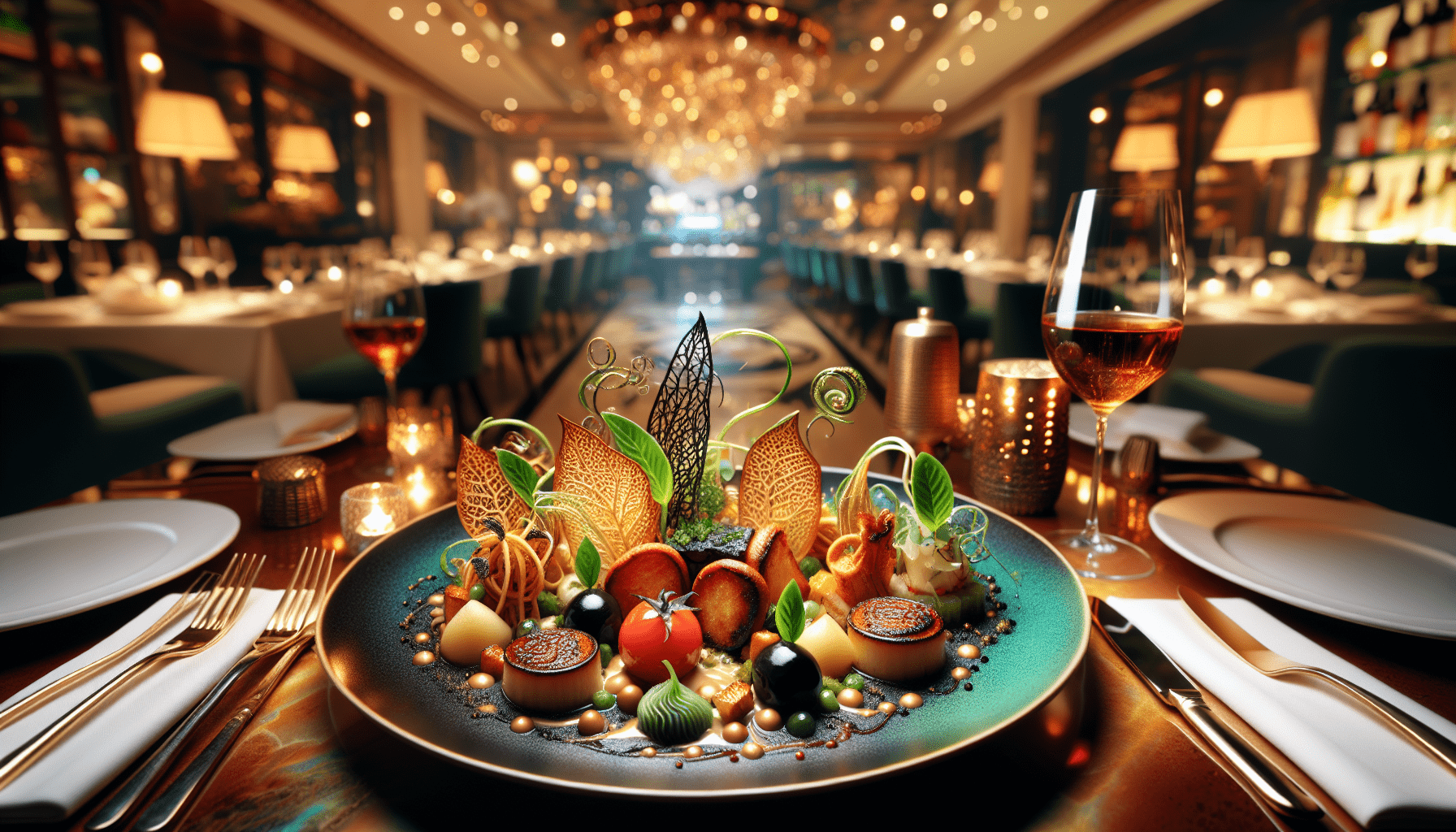
Get an Official Zagat Restaurant Guide
The Psychology Behind Decoy Pricing
Understanding why decoy pricing works requires a dive into consumer psychology. People tend to make decisions based on relative comparison rather than absolute value. When presented with three options, the brain automatically looks for a middle ground, often deemed the safest and most reasonable choice.
The Attraction of the Middle Option
The “compromise effect” explains why middle options are often chosen. Consumers prefer middle options because they don’t want to appear too extravagant (choosing the highest-priced item) or cheap (choosing the lowest-priced item). This middle ground feels like a balanced, sensible choice.
The Power of Perceived Value
Perceived value plays a huge role. When you see the $70 wine, the $35 bottle suddenly seems like a bargain, a smart choice that offers great value for money. However, if the $70 option were absent, the $35 wine would not appear as attractive.
Real-Life Examples of Decoy Pricing
Decoy pricing is not just a theory; it’s a common practice you’ll encounter frequently. From fine dining restaurants to fast food chains, this tactic is omnipresent.
Wine Lists in Fine Dining
Wine lists are classic examples where decoy pricing is employed. Suppose a list includes:
| Wine Option | Price |
|---|---|
| House Wine | $20 |
| Premium Wine | $50 |
| Luxury Wine | $90 |
Most diners might balk at the $90 wine and see the $50 option as a reasonable indulgence, far more acceptable than if only the $20 and $50 wines were offered.
Coffee Shops
In coffee shops, you’d often see pricing like this:
| Coffee Size | Price |
|---|---|
| Small | $2.50 |
| Medium | $3.00 |
| Large | $3.25 |
Here, the small price difference between medium and large sizes persuades customers to go for the large, ensuring higher sales volumes and profits.
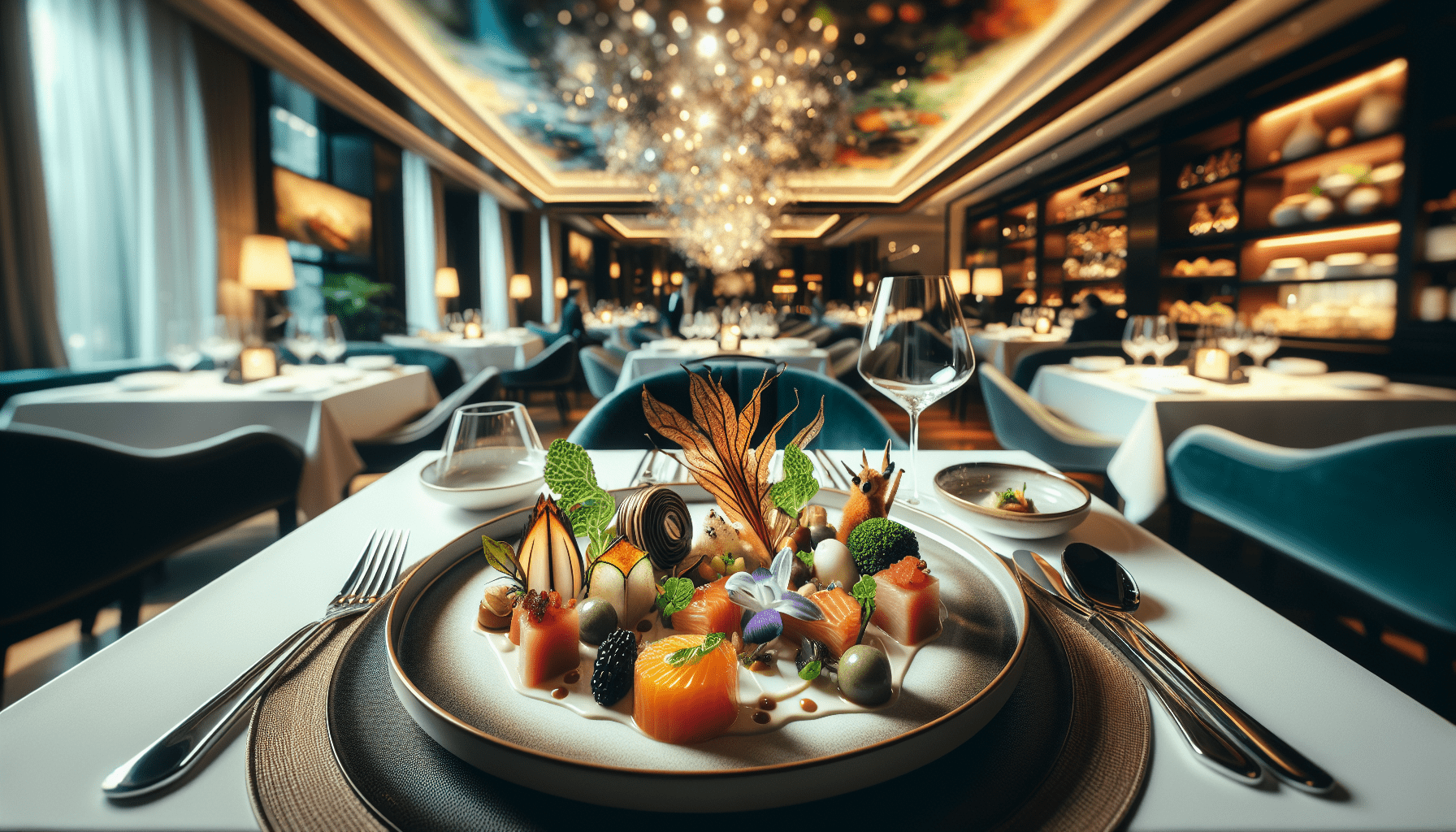
Recognizing Decoy Pricing
Awareness is the first step toward making more informed choices. Recognizing decoy pricing in various settings can empower you to make decisions that are truly based on your needs rather than clever merchandising.
Key Indicators of Decoy Pricing
Here are some signs that you might be encountering decoy pricing:
- Three-Tier Options: When menus offer three versions of an item (e.g., small, medium, large) where the medium seems like the most logical choice.
- Large Price Gaps: Noticeable price gaps between items which make the mid-tier option appear more reasonable.
- Unusually High Priced Item: A very expensive item that makes the second highest-priced item look like a good deal in comparison.
Practical Steps to Avoiding Decoy Pricing Traps
- Set a Budget: Determine in advance how much you’re willing to spend on a meal.
- Research Ahead: Look up menu prices and reviews online before dining out.
- Stick to Your Preferences: Order what you genuinely want rather than being swayed by menu design.
The Ethics of Decoy Pricing
While decoy pricing is a powerful tool for boosting sales, it raises ethical questions about manipulation and consumer autonomy. Some argue that it exploits customers’ psychological biases, while others believe it’s a fair business practice.
Balancing Profit and Ethics
Ethical businesses strive to balance profit-making with customer satisfaction. They ensure transparency in pricing and avoid excessively manipulating prices to the detriment of their clientele.
Consumer Awareness and Businesses Response
As customers become more aware of tactics like decoy pricing, businesses can adapt by being more transparent and respecting consumer intelligence. This approach can foster trust and long-term loyalty.
Conclusion
Understanding decoy pricing gives you a new perspective the next time you’re dining out. Recognizing this tactic not only makes you a more informed consumer but also helps you make choices that align with your preferences and budget. The next time you find yourself gravitating towards the middle option or an item that seems like a “great deal,” you’ll know that it’s all part of a well-crafted plan to influence your decision.
By staying informed and aware, you can enjoy your dining experiences without falling prey to subtle pricing strategies. Happy dining!
Get an Official Zagat Restaurant Guide



